Rambles Through the Wawawai; A Re-photographic Project
For four seasons, I’ve visited the Wawawai County Park area and adjacent environs, whose known history includes ancient and more contemporary uses. Each season brings a different aesthetic to the landscape, ranging from hot, arid summer wheatgrass lands to crisp, wintery snow-covered hills. What remains constant is the abundance of sunlight dancing on the lake.
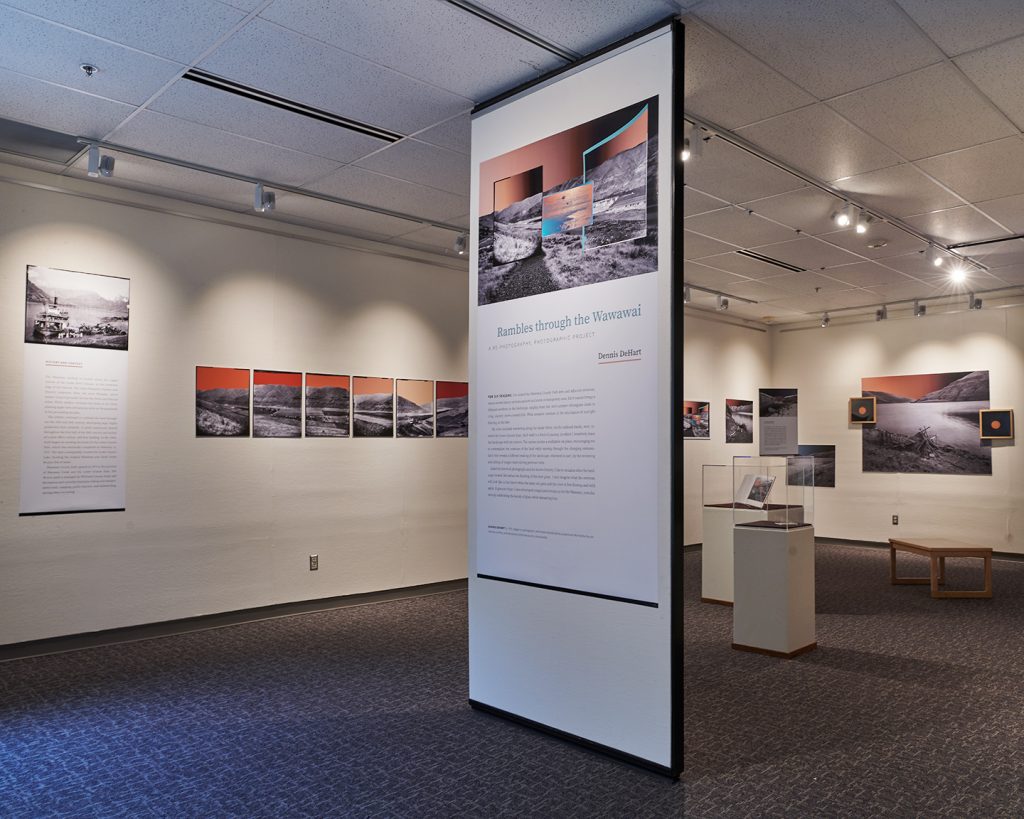
My visits included wandering along the Snake River, via the railroad tracks, west, towards the Lower Granite Dam. Each walk is a kind of journey, in which I intuitively trace the landscape with my camera. The camera invites a mediation on place, encouraging me to contemplate the contours of the land while moving through the changing environs. Each visit reveals a different reading of the landscape, informed in part, by the reviewing and editing of images made during previous visits.
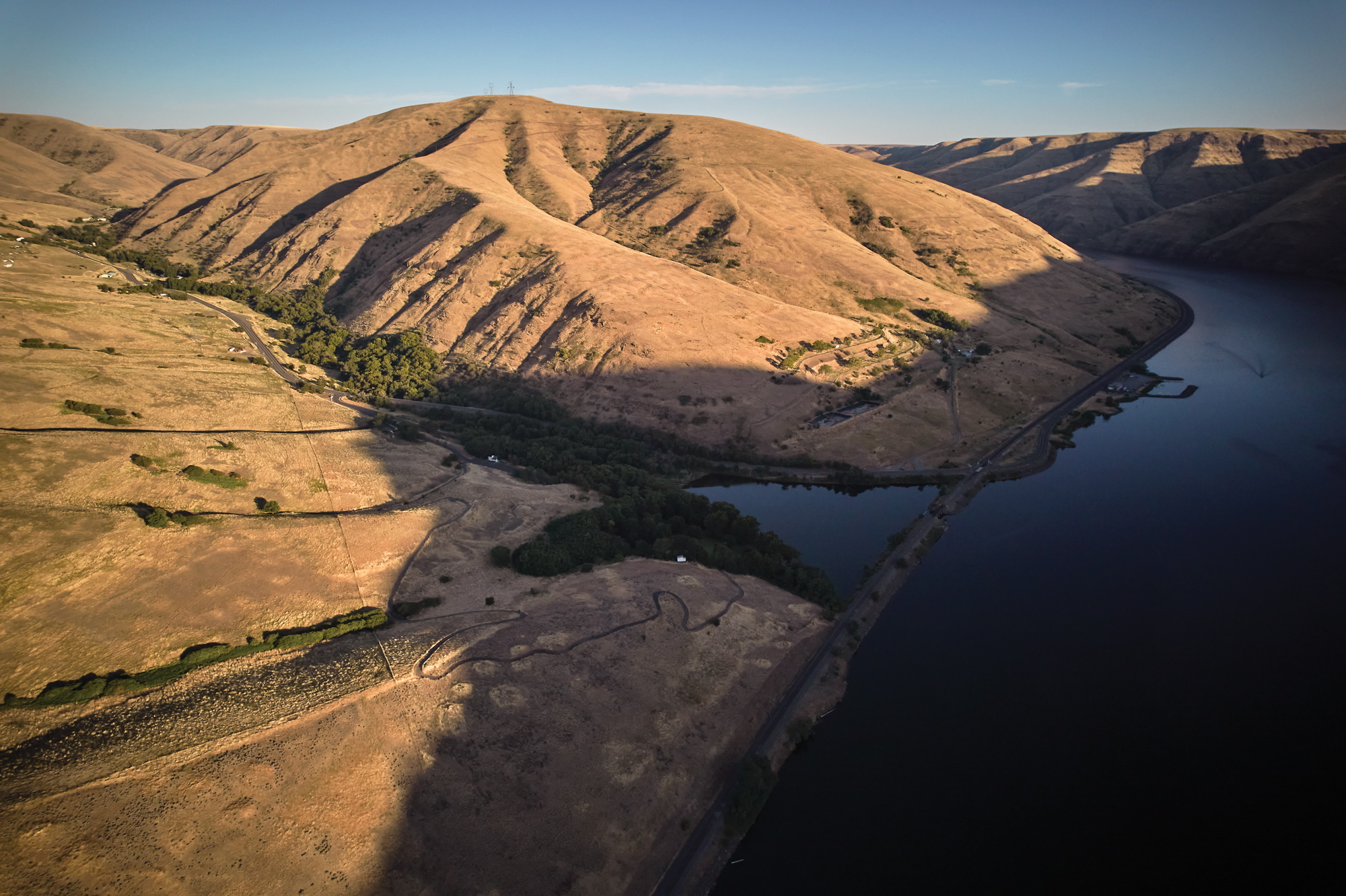
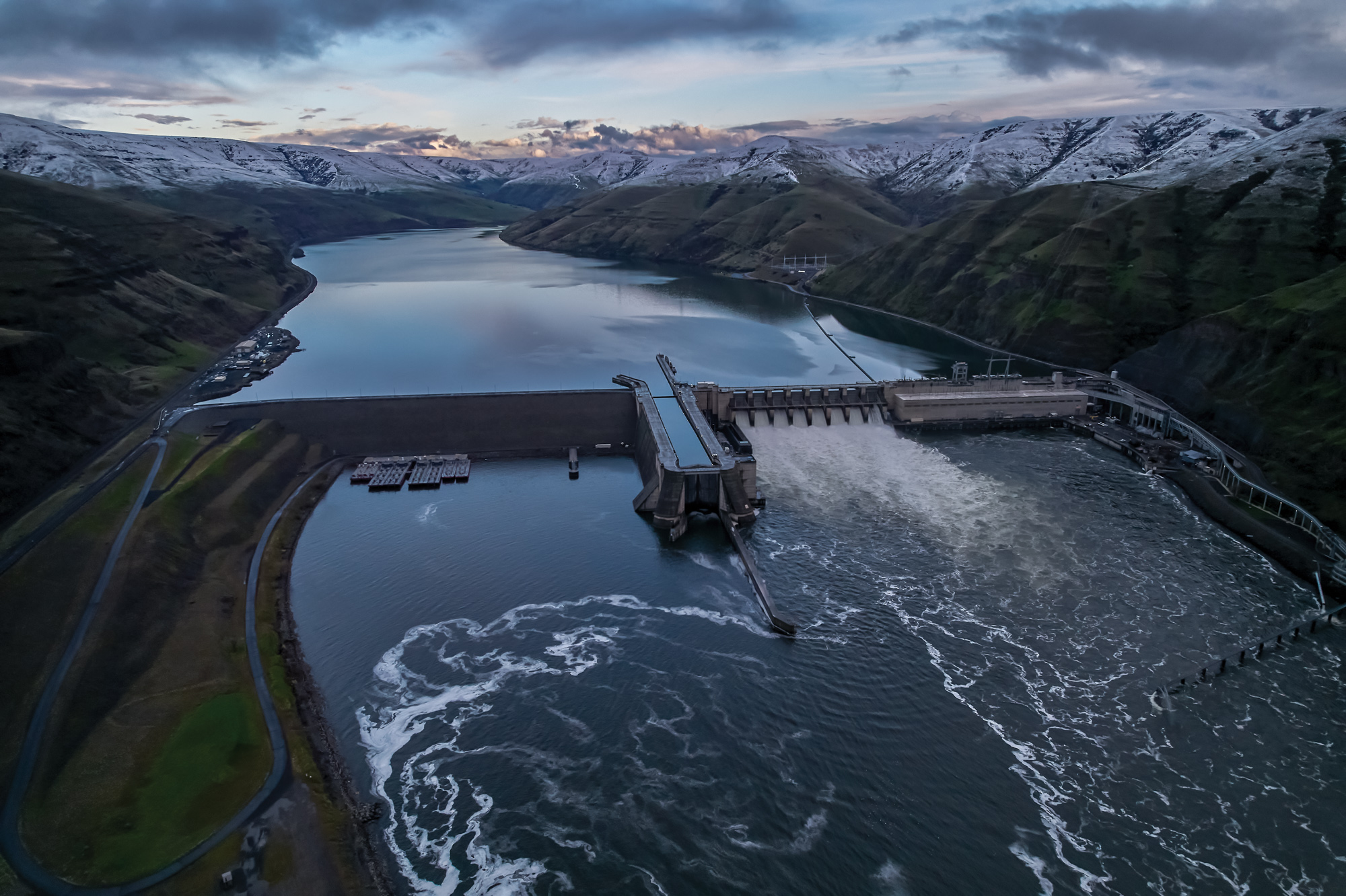
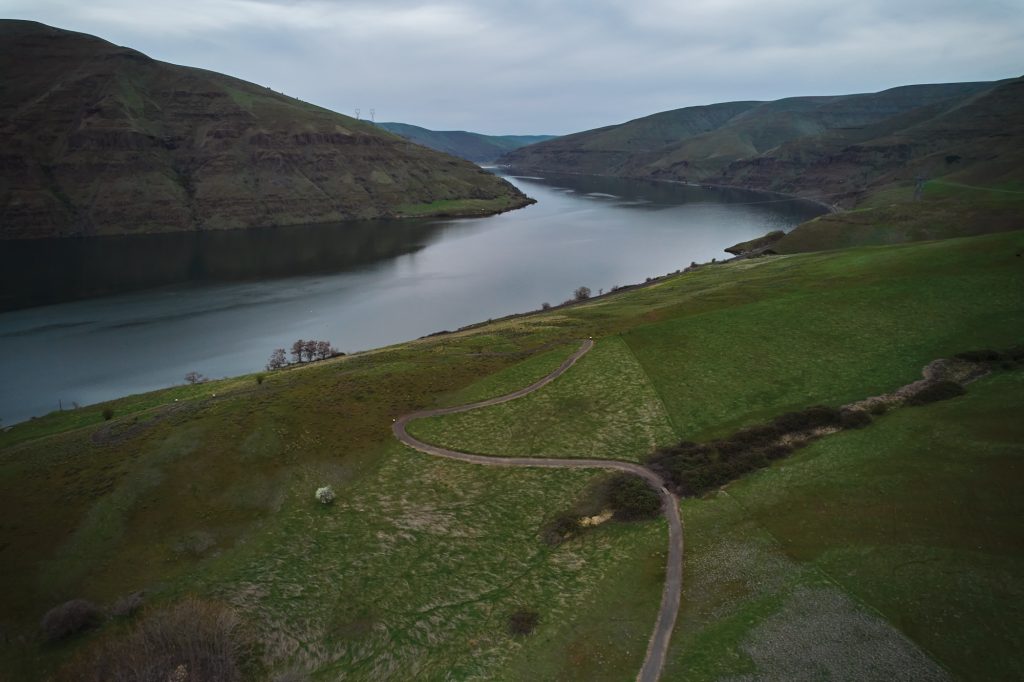
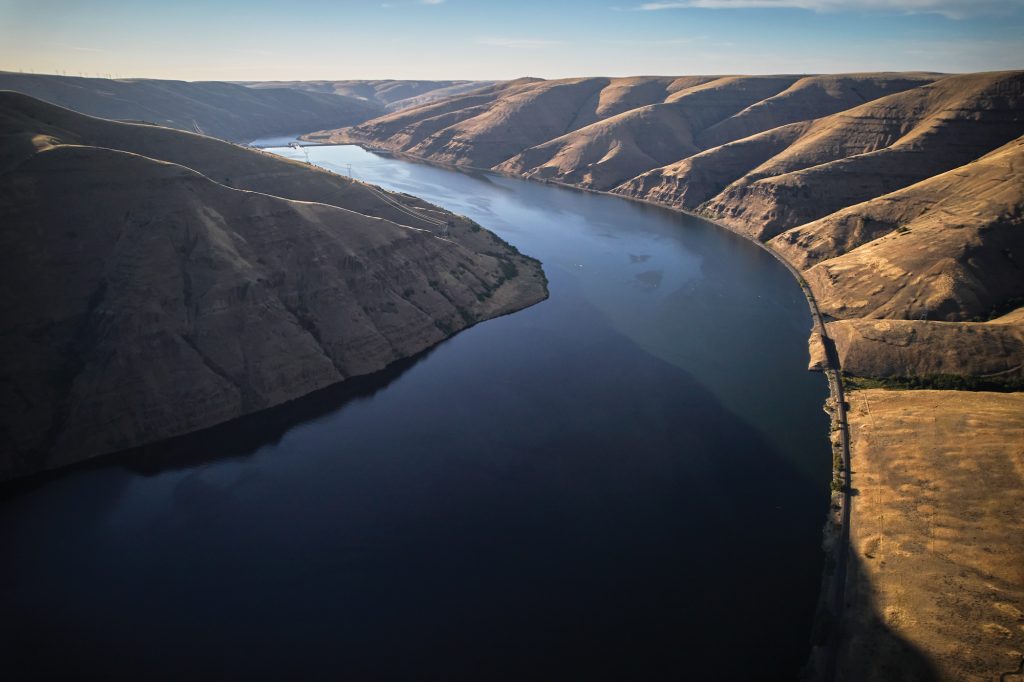
Aided by historical photographs and the known history, I like to visualize what the landscape looked like before the flooding of the river plain. I also imagine what the environs will look like in the future when the dams are gone and the river is free flowing and wild again. It gives me hope. I have developed complicated emotions for the Wawawai, simultaneously celebrating the beauty of place while lamenting loss.
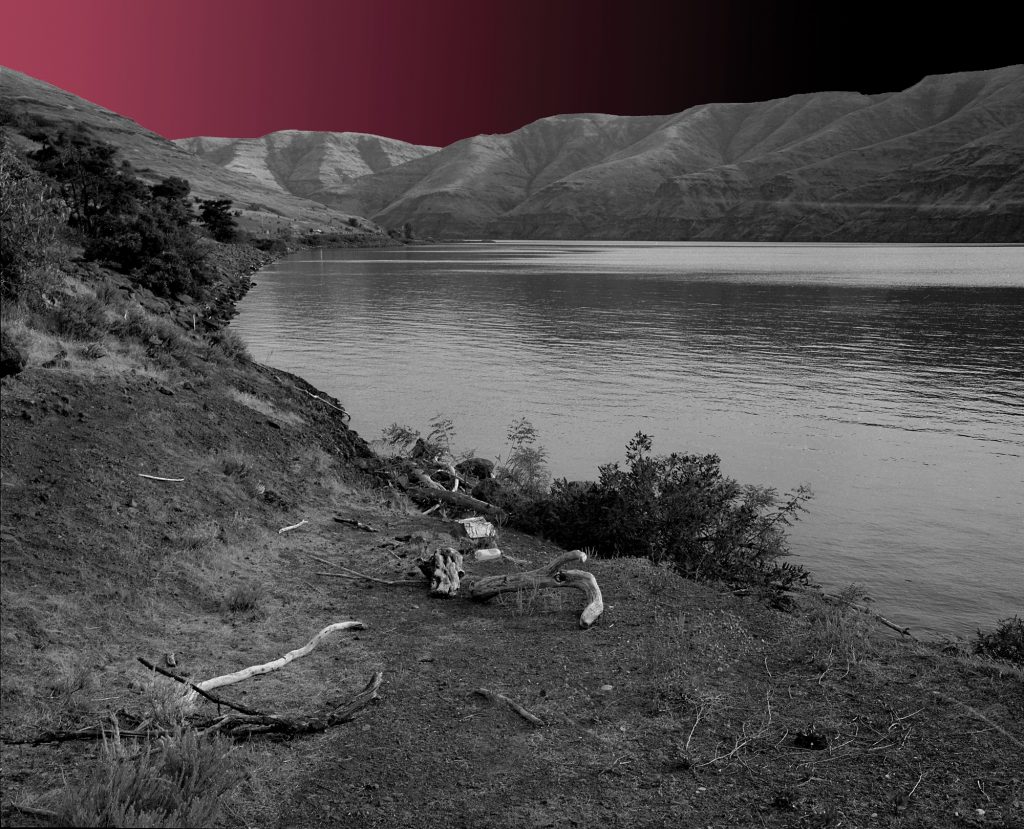
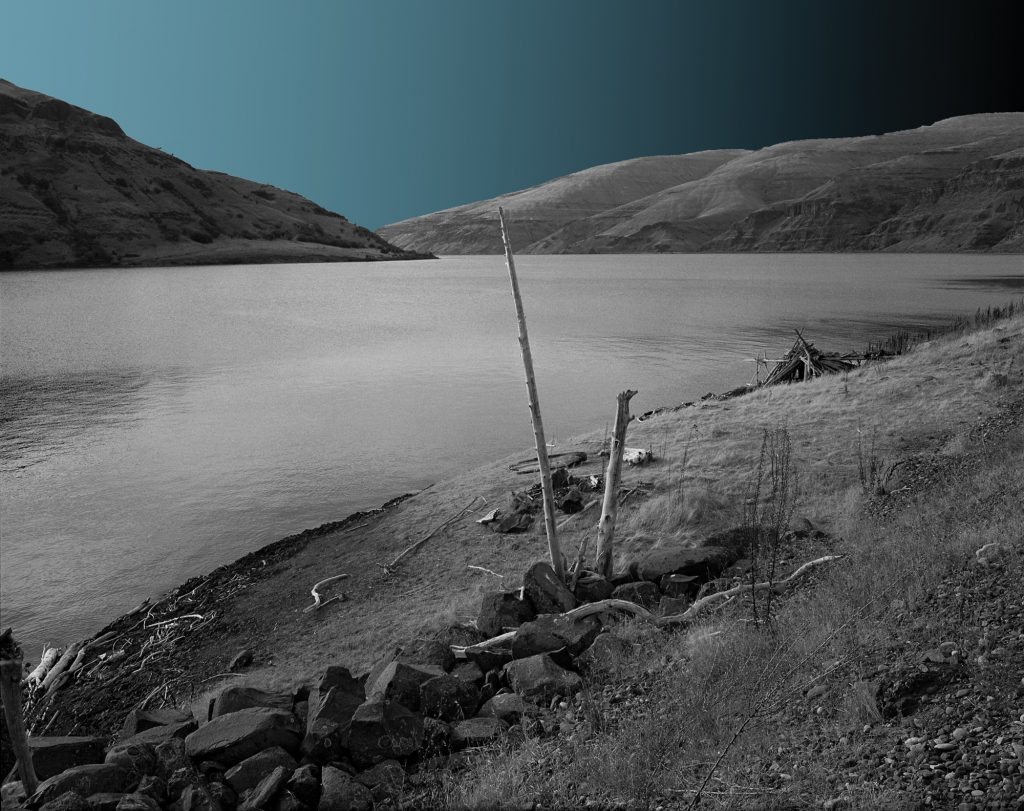
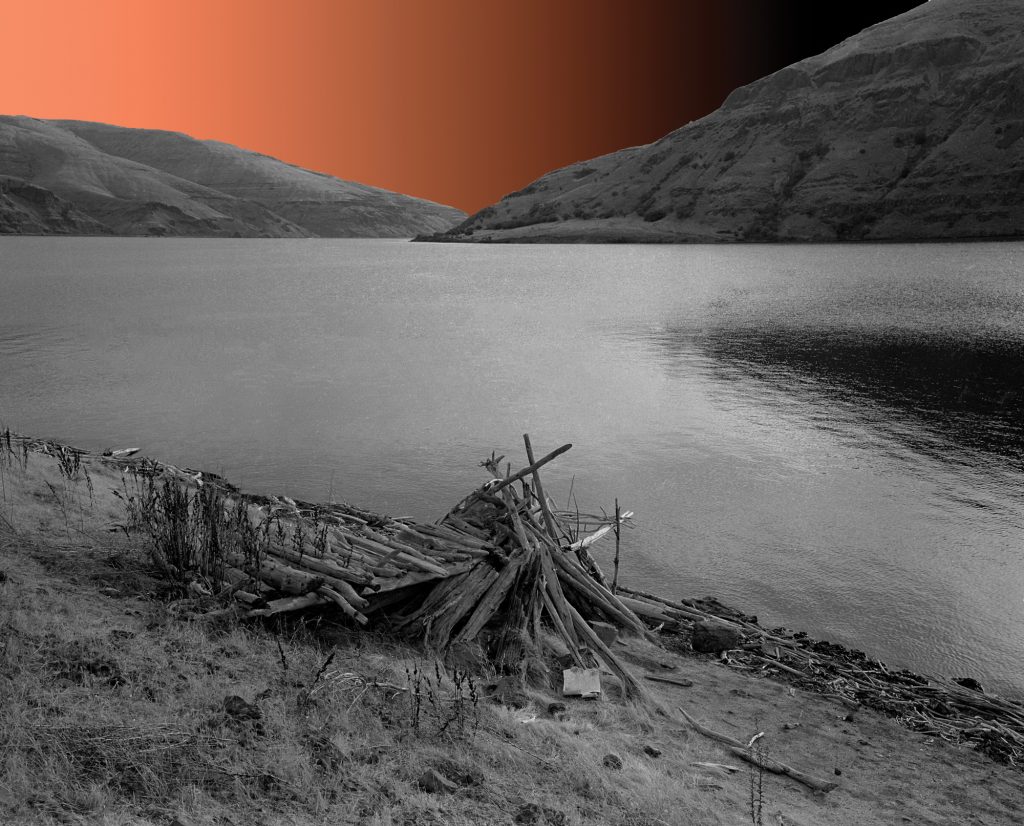
History and Context
The Wawawai landing is located along the rugged bottom of the Snake River Canyon, on the southwest edge of the Palouse. The name Wawawai (rhymes with Hawaii) originates from the term Wawawa, which means “council grounds” for the Nez Perce and Palouse tribes. White settlers colonized the lands in the 1870’s, planting apple trees and grazing cattle on the grasslands in the proceeding decades.
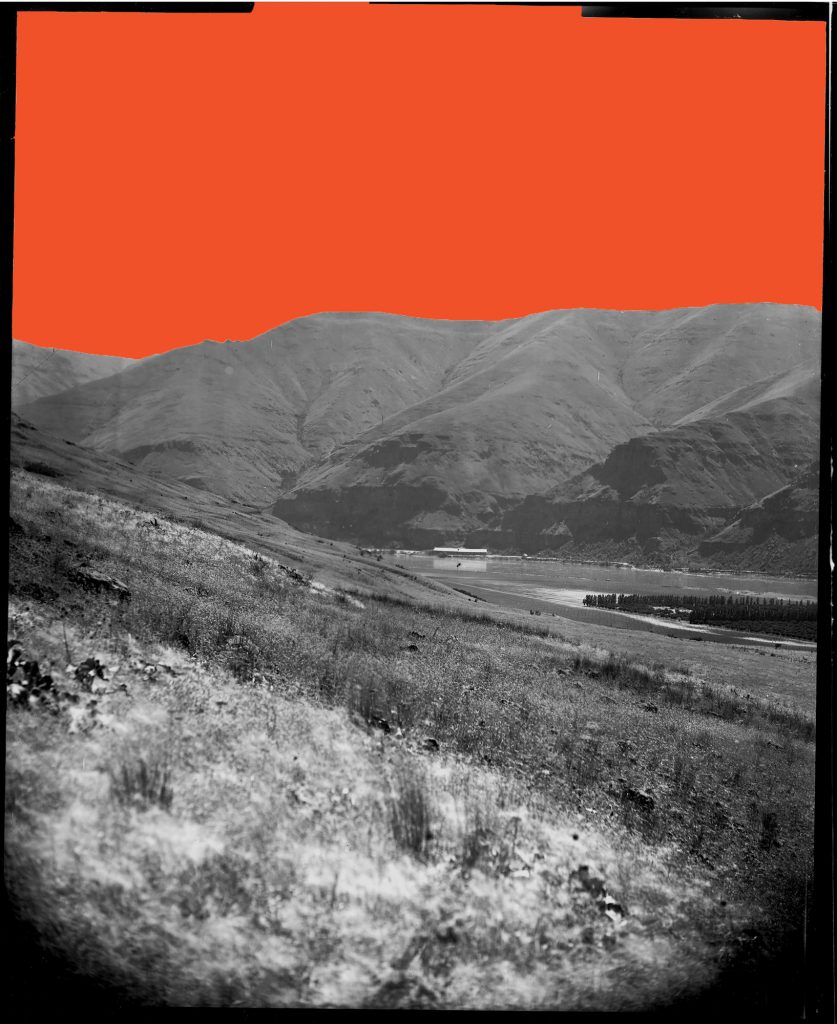
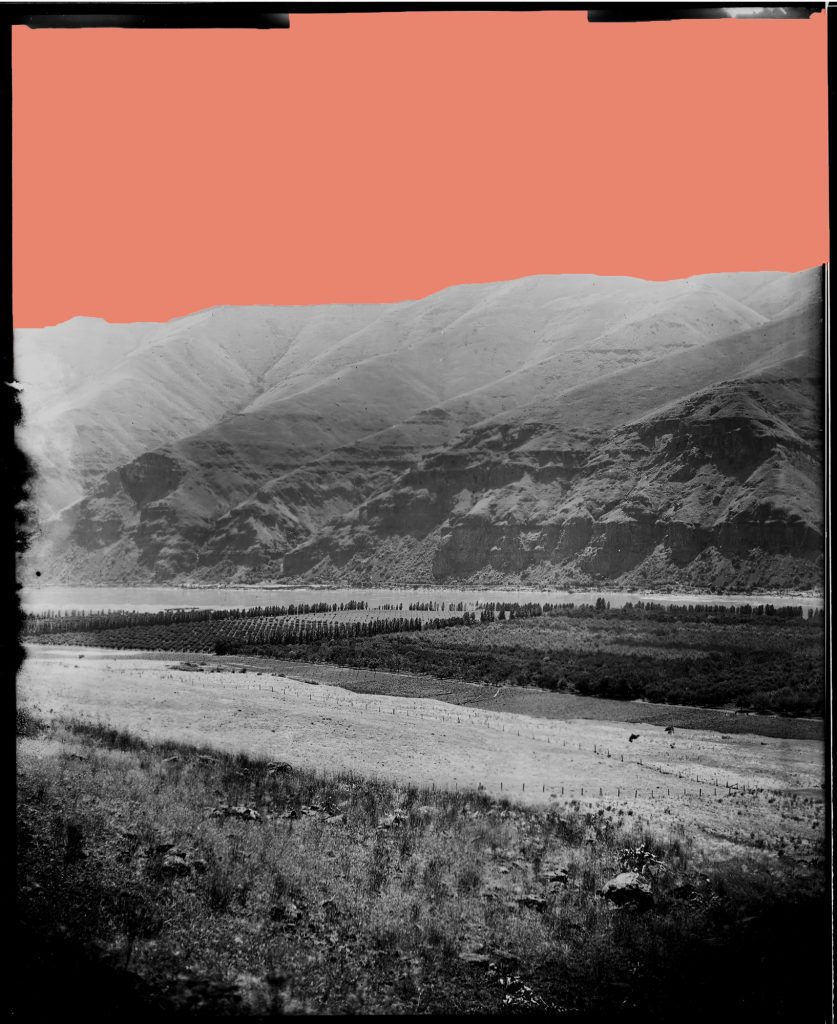
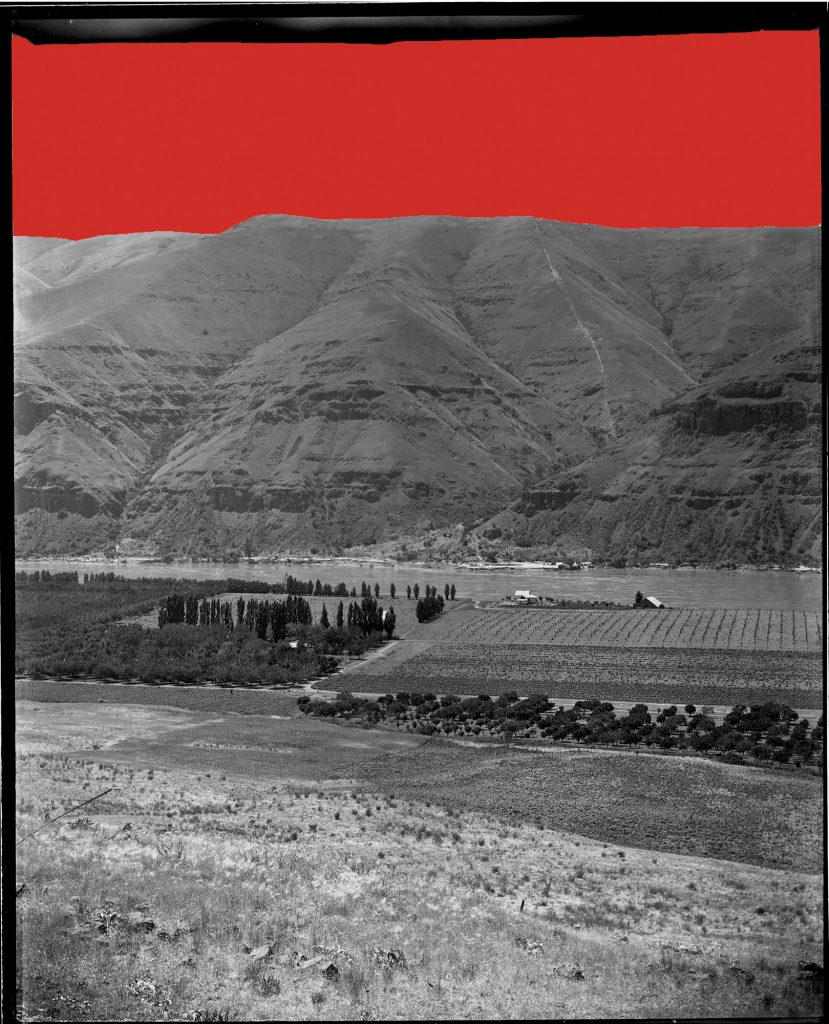
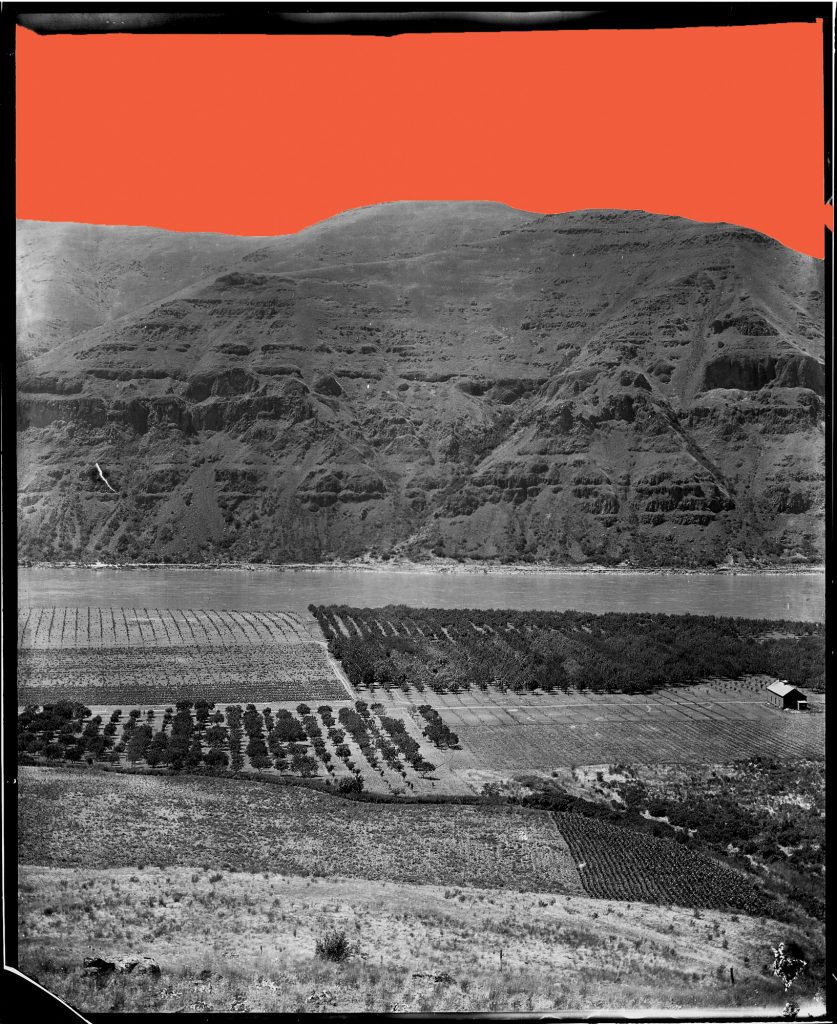
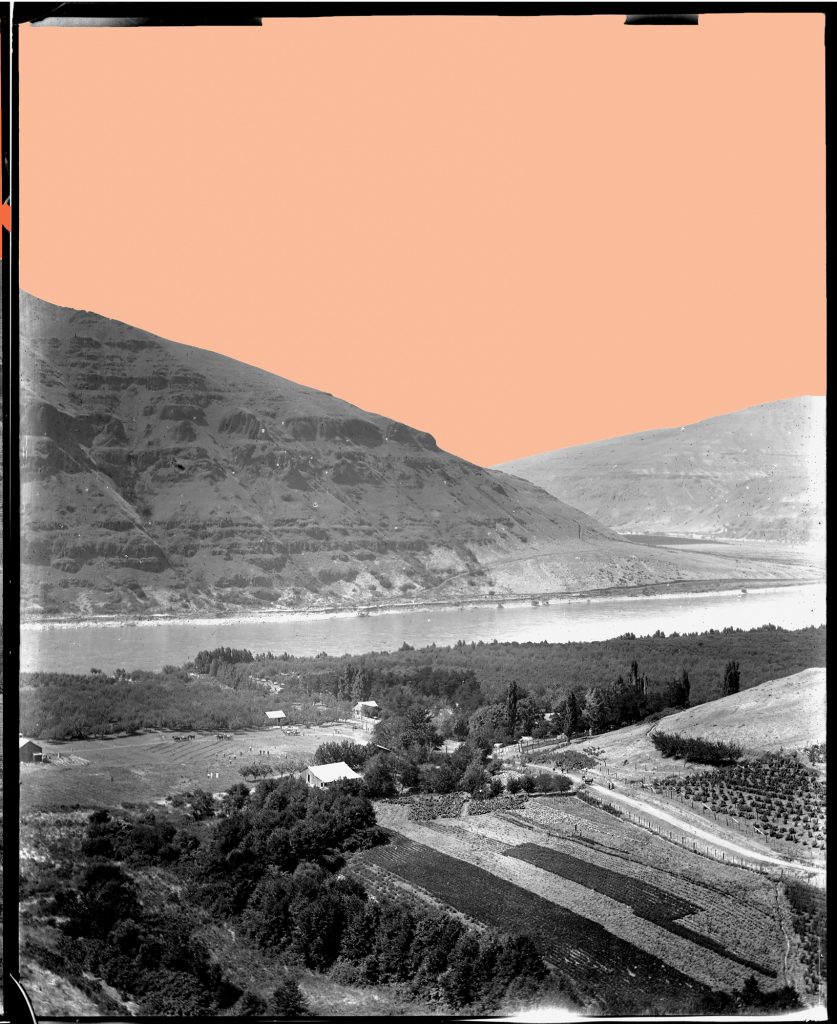
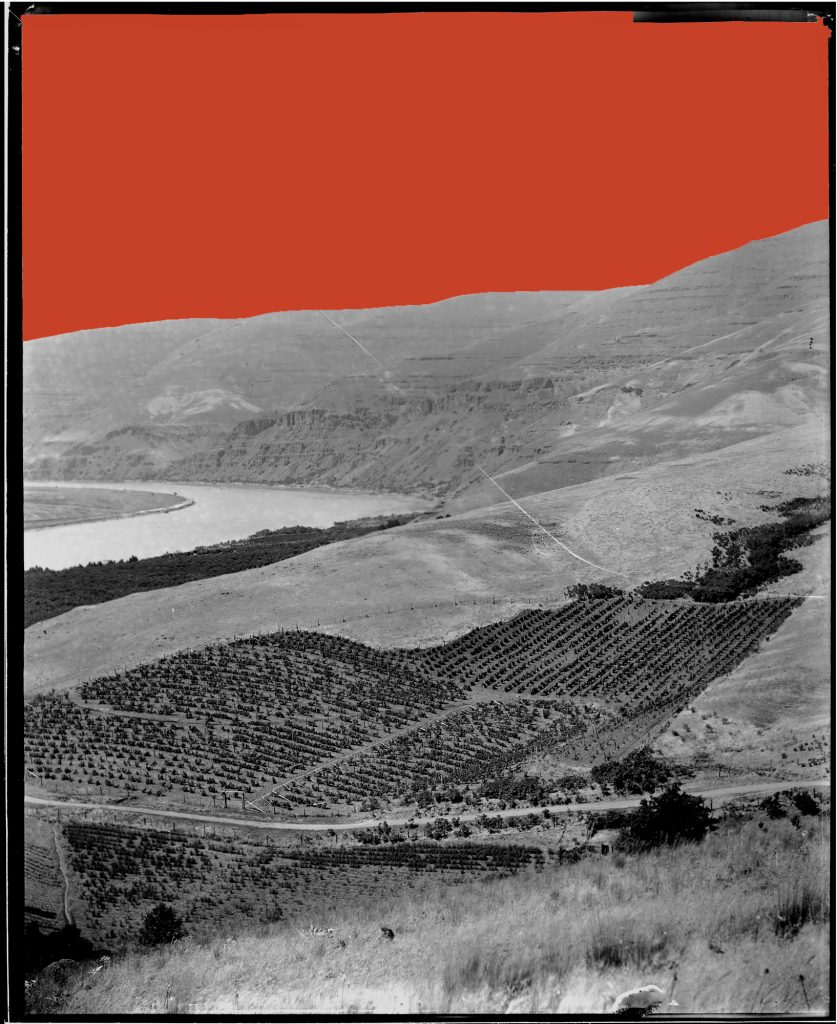
The settlers continued to cultivate the land throughout the 19th and 20th century, developing large, highly productive fruit orchards. A small community existed throughout the first half of the 20th century and included a post office, school, and boat landing. In the 1960’s, work began on vacating the lands for the Lower Granite Dam, which was eventually completed on February 15, 1975. The dam consequently created the Lower Granite Lake, flooding the original Wawawai area lands under 80 plus feet of water.
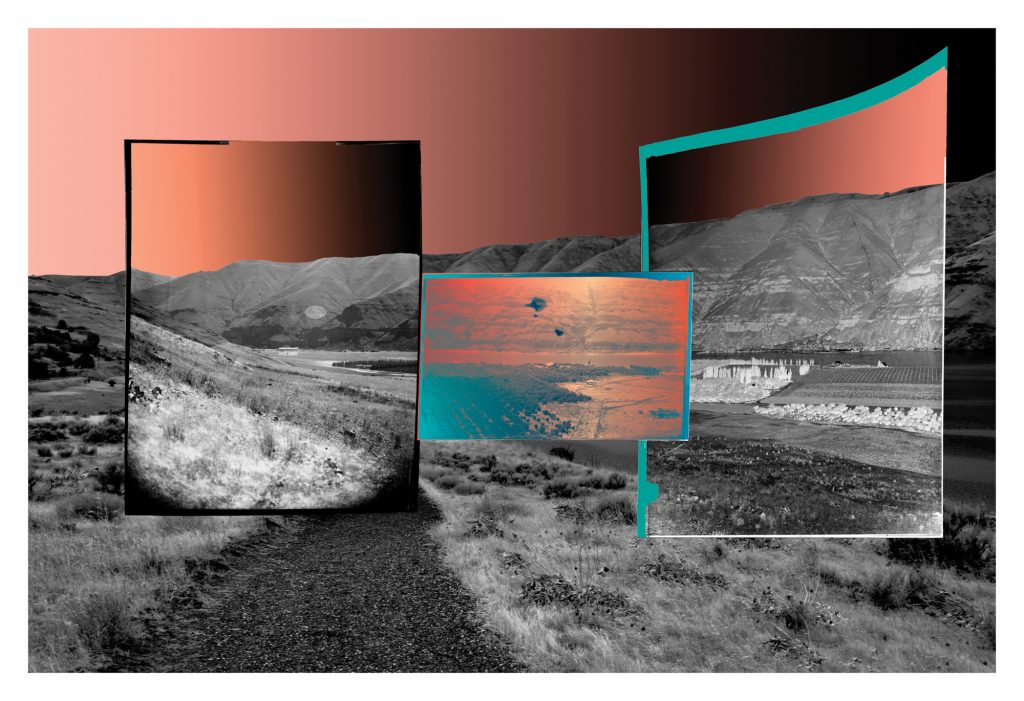
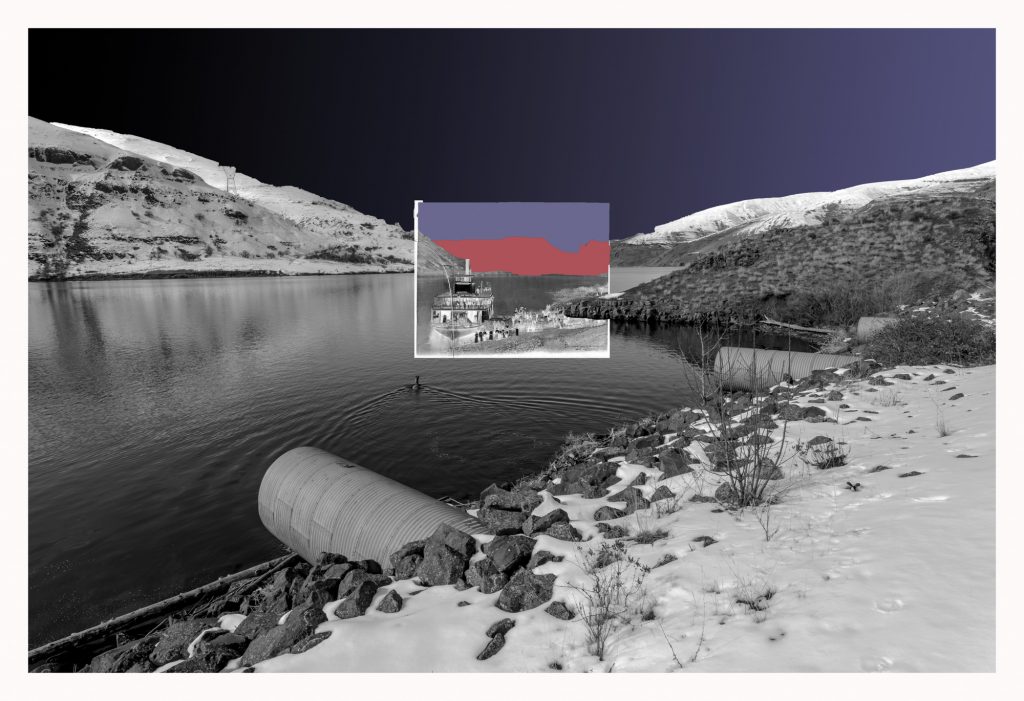
Wawawai County Park was open in 1979 at the junction of Wawawai Creek and the Lower Granite Dam. The 49-acre park is managed by the Whitman County Parks and Recreation and currently maintains hiking and interpretative trails, camping, public beaches, and bird watching among other recreating.



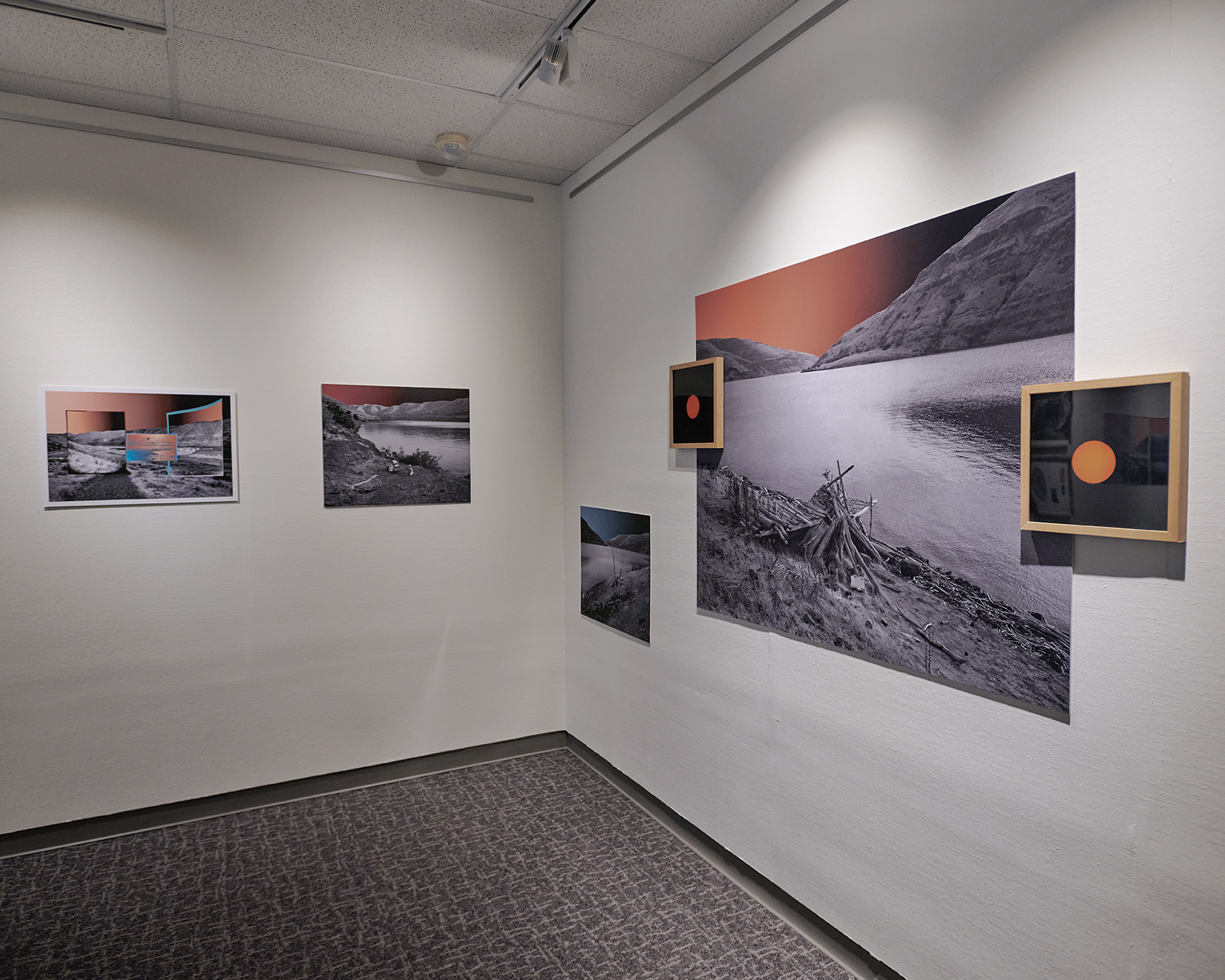
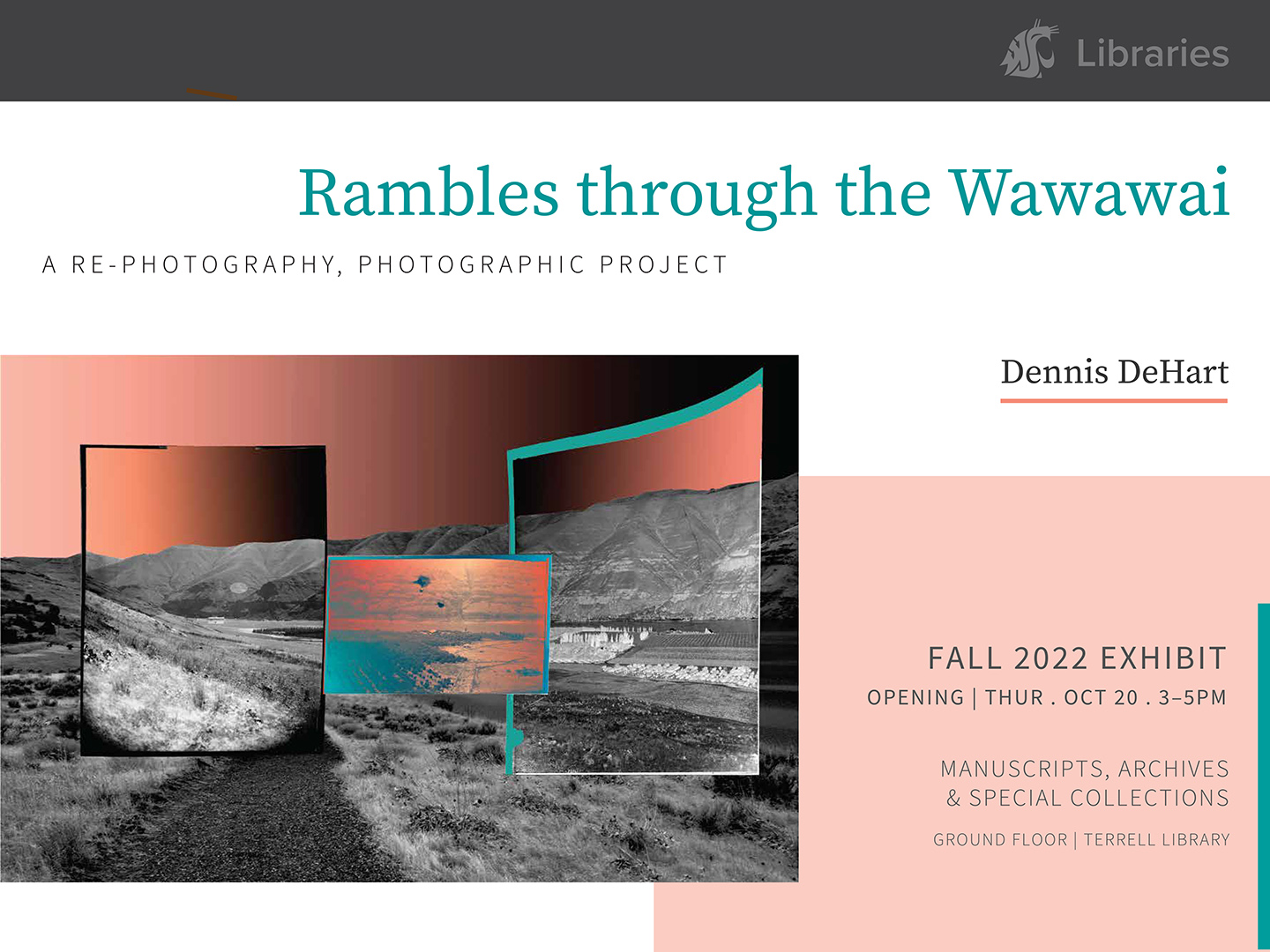
https://content.libraries.wsu.edu/digital/collection/barkhuff
Marmes Rockshelter
Marmes Rockshelter is National Historical landmark located near the confluence of the Snake and Palouse River near Lyons Ferry State Park. The site is listed in the Federal Registry as 45-FR-50. The rock shelter is an important archeological site that was first excavated in 1962. The site was later flooded in 1969, after the Lower Monumental Dams reservoir, known as Lake Herbert G. West was established.
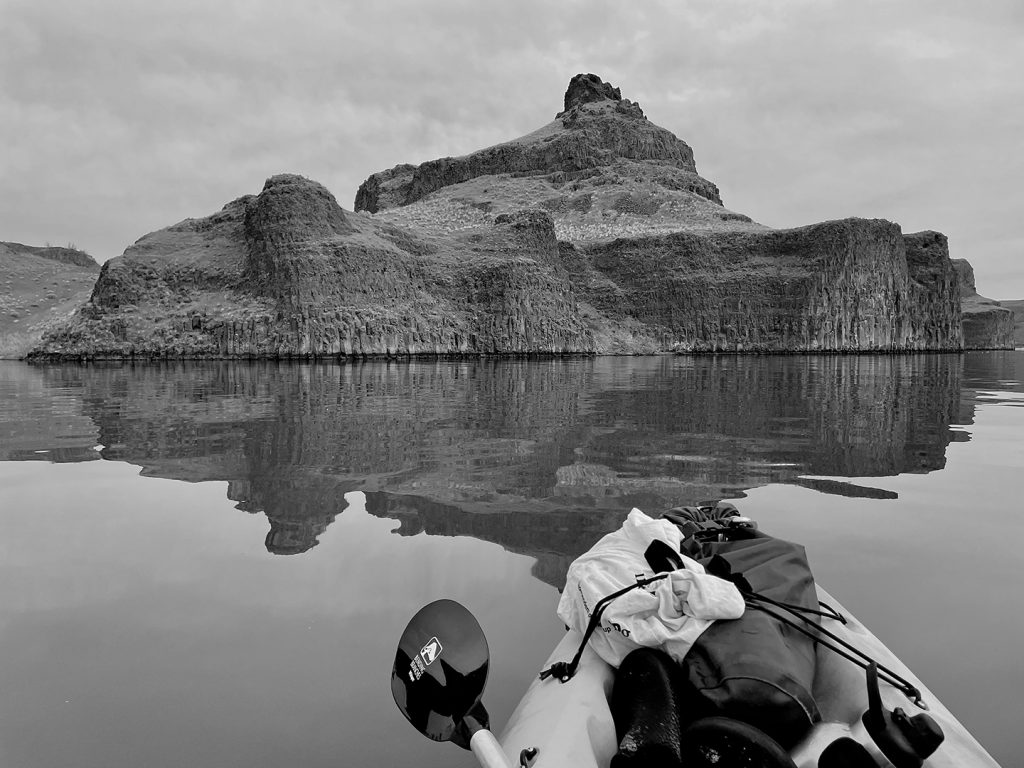
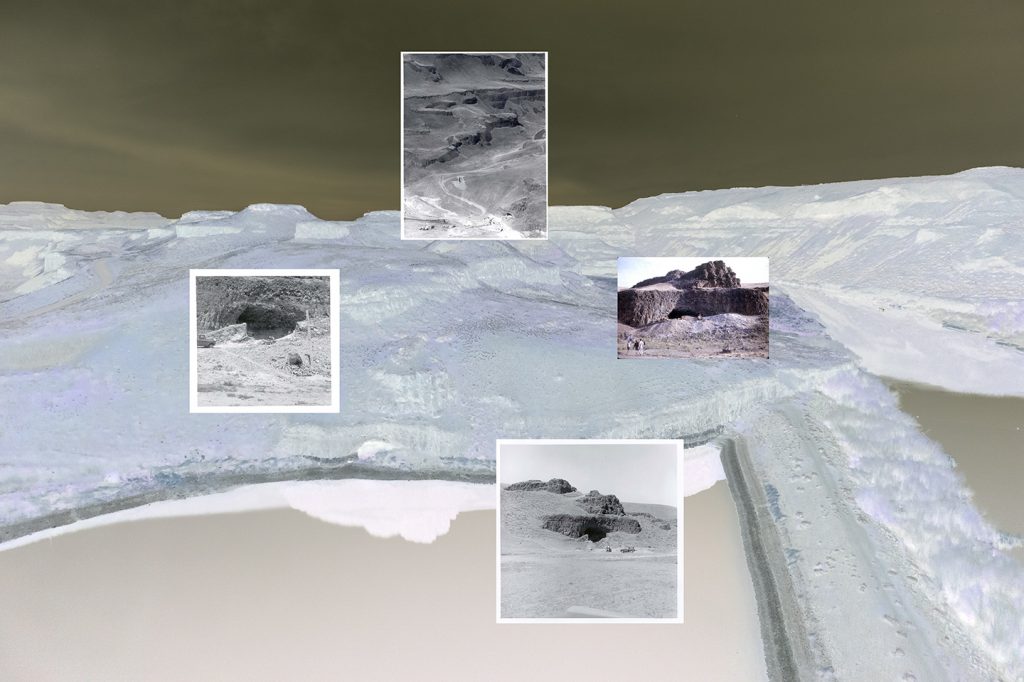
Rambles in the Parks: Olmsted’s Distant Effects in the Pacific Northwest is a multi-disciplinary, lens-based research project. The photographs focus on the Olmsted brothers’ substantial opus of parks, institutions, and residential spaces throughout Oregon, Washington and Idaho. My emphasis is on the parks and their overall designs, plants, habitats, edges, waterways, architecture and topiary.
Rambles in the Parks examines seasonal changes and their effects on the parks, both in terms of quality of light and how the seasons change our perceptions of space and place. In addition, I employ historical research that includes a re-photographic component: juxtaposing historical images and maps, for example, with my contemporary photographs.
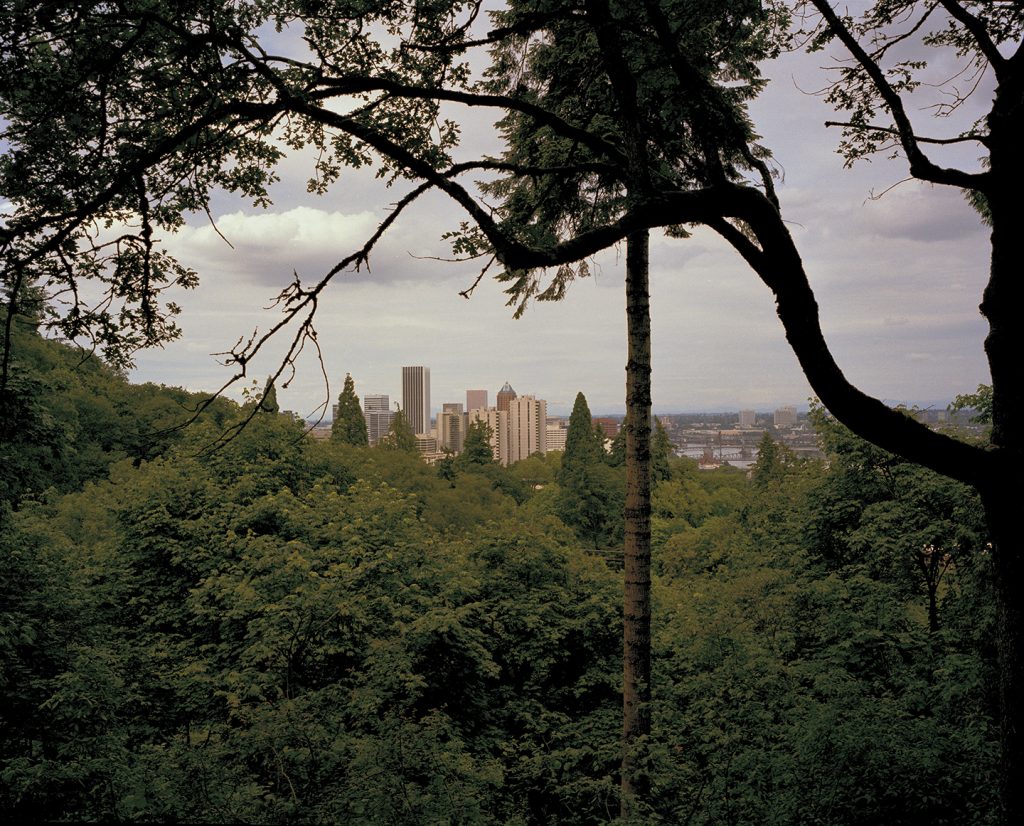
During the later half of the nineteenth century, American cities underwent tremendous changes. Cities rapidly urbanized as new immigrants and rural Americans migrated to cities for opportunity. In many respects, these new cities were poorly designed and dirty by contemporary standards. Reprieve from the rapid industrialization, poverty, and overcrowding was relatively unknown in early American cities. Politicians, industrialists, and city governments, among others, eventually recognized the need to introduce a more diverse, and robust form of planning into the urban environment.
Landscape architecture as we know it today, did not exist in early 19th Century America. While Europe had a tradition of landscape gardening and garden design for royal properties, government, and religious complexes, the concept of landscape architecture did not exist. Gilbert Laing Meason first coined the term landscape architecture, in 1828. Frederick Law Olmsted was the first to use the term as a professional title in 1863. Landscape Architecture developed out of American cities need for urban planning, coupled with landscape gardening, which gave landscape architecture its unique focus.
Frederick Law Olmsted (1822-1903) was a noted journalist and public administrator, including serving as the Executive Secretary for the US Sanitary Commission (a precursor to the Red Cross) during the civil war. Today, he is recognized as the founder of American landscape architecture. Olmsted is also recognized as the foremost parks designer in America. During the 20th century, Olmsted’s sons and successors continued Olmsted’s legacy through continued design, ideas, philosophy, and influence. The Olmsted Brothers firm, located in Boston, Massachusetts, lasted until 1980.
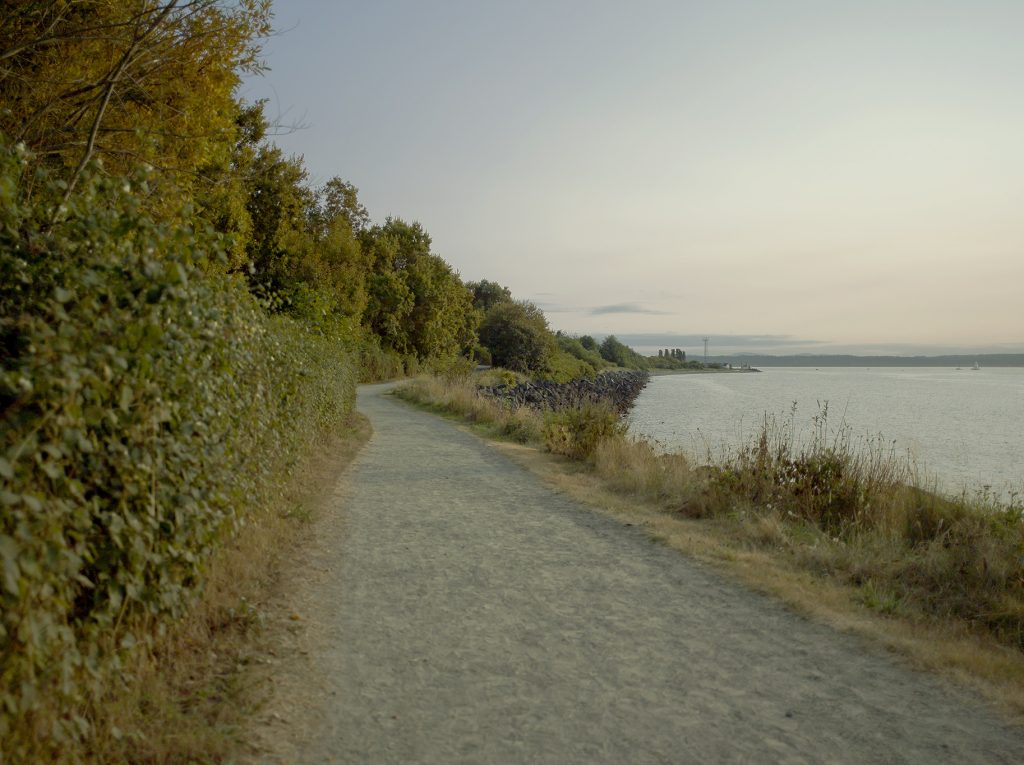
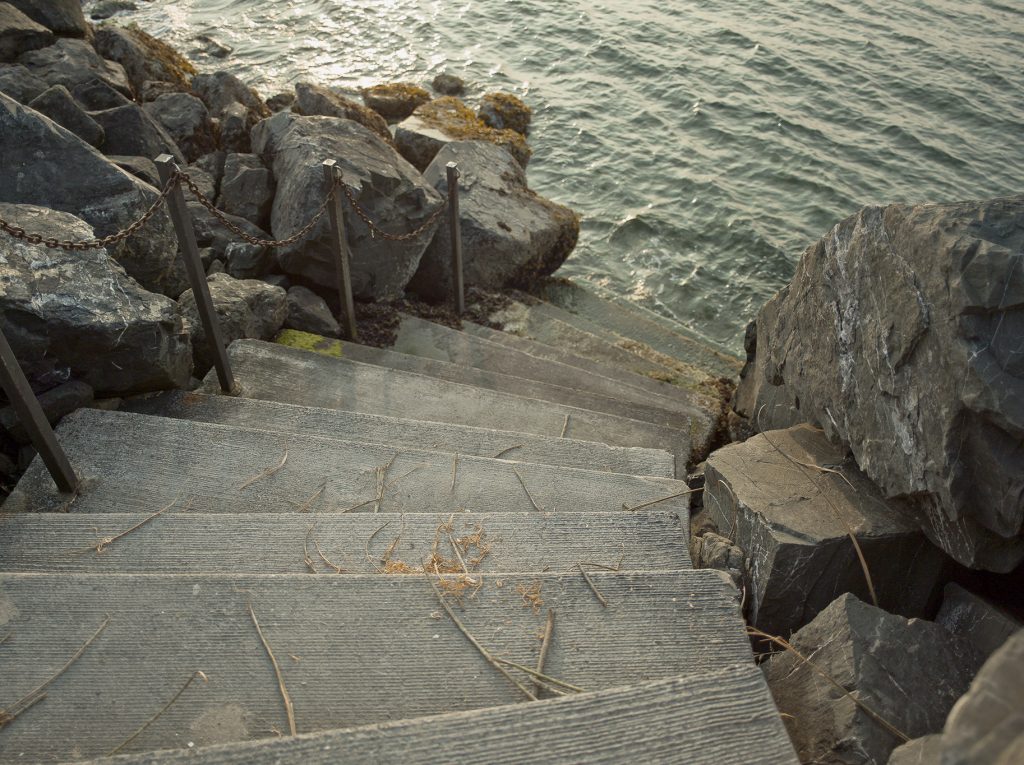
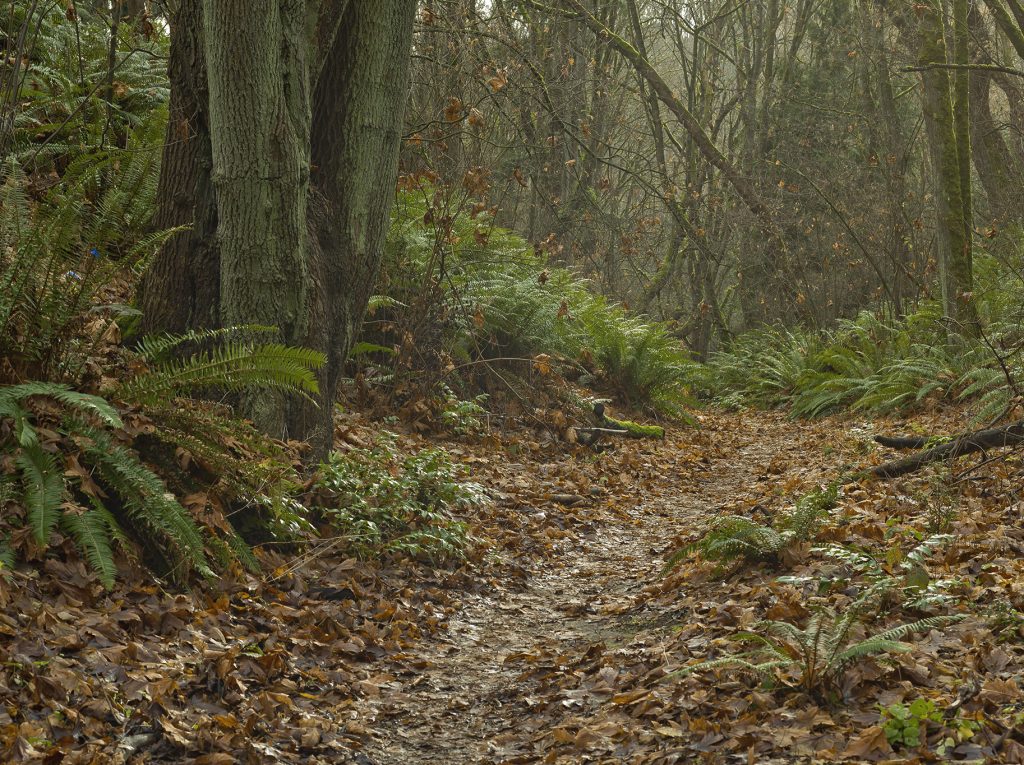
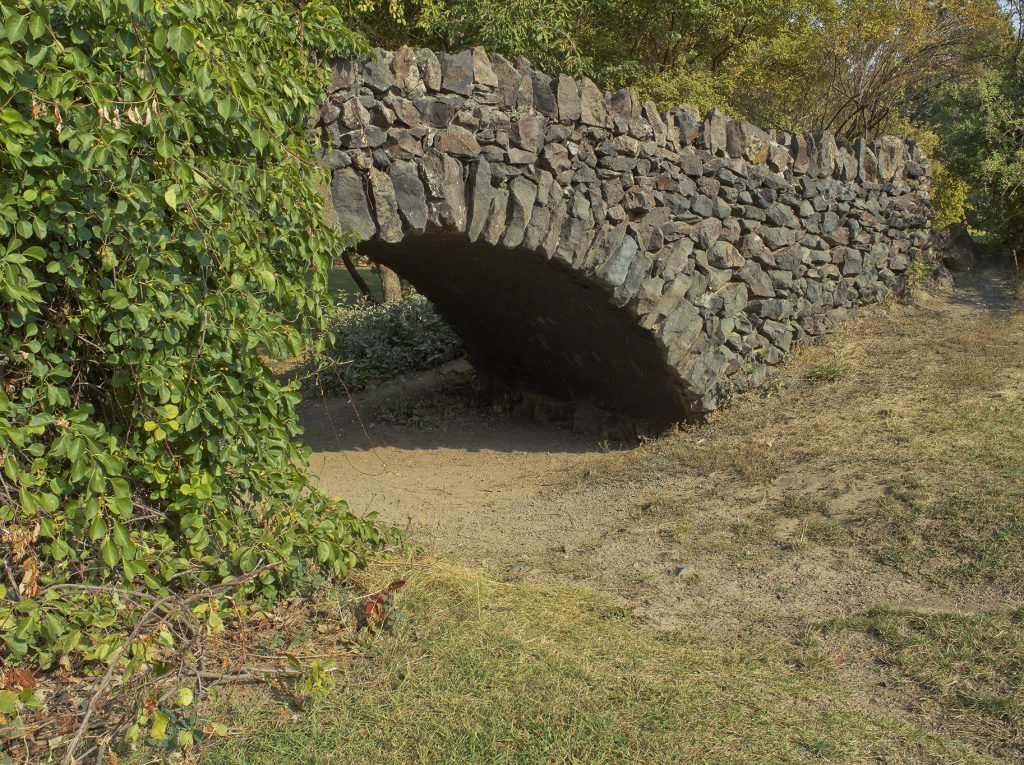
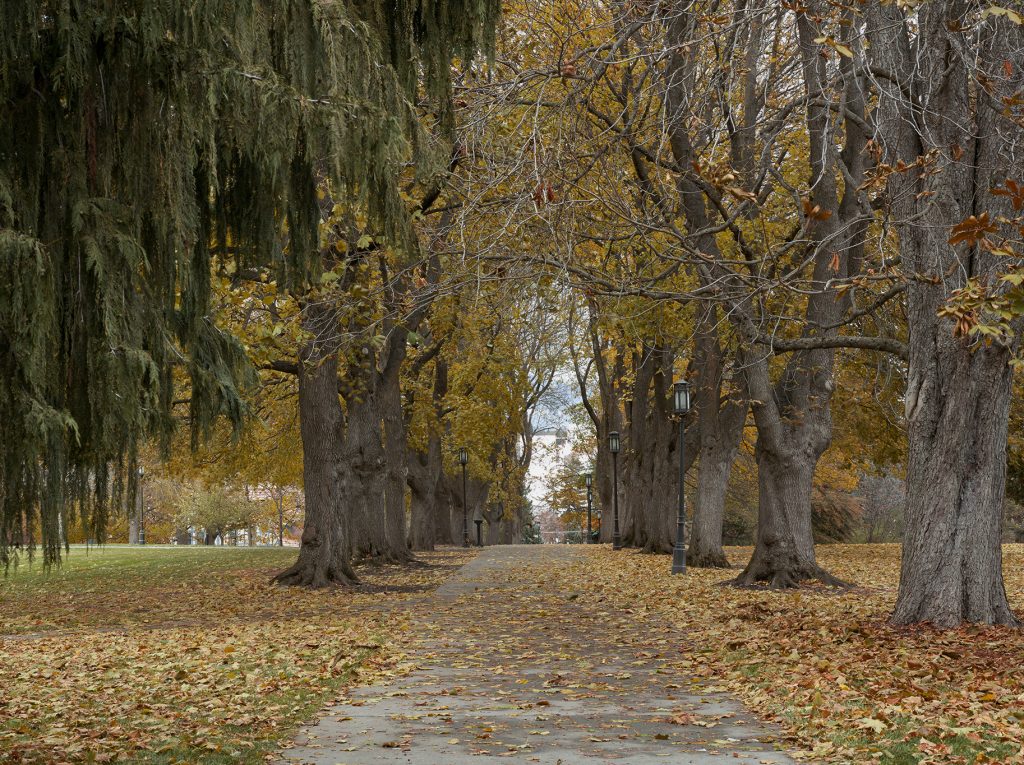
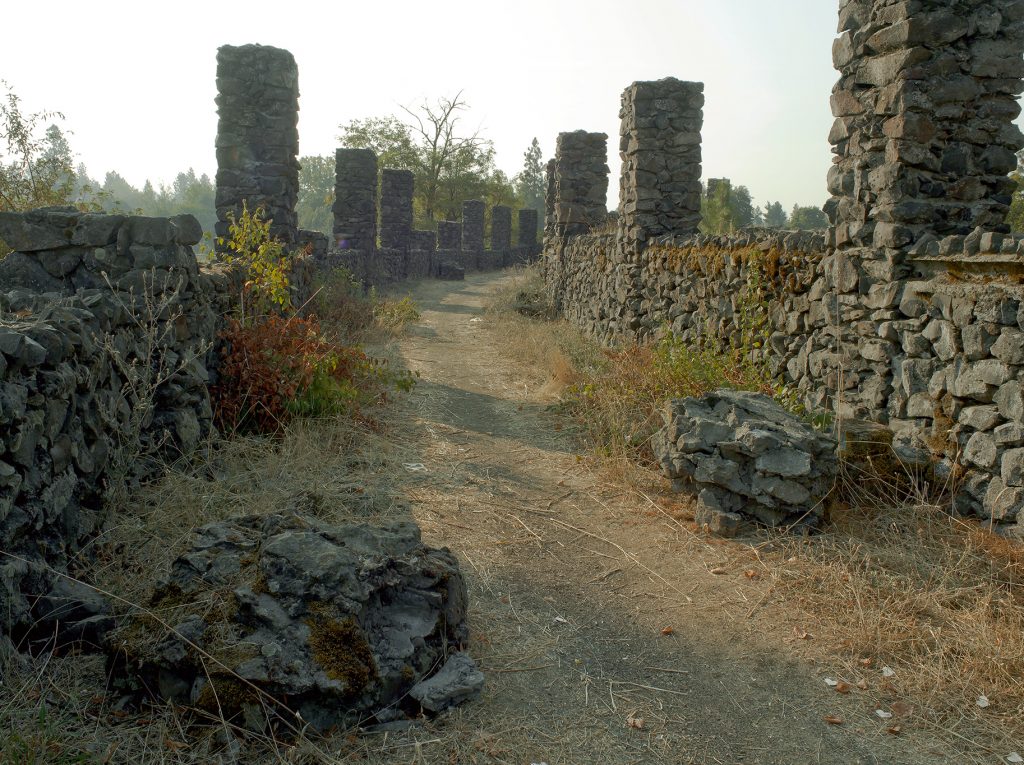
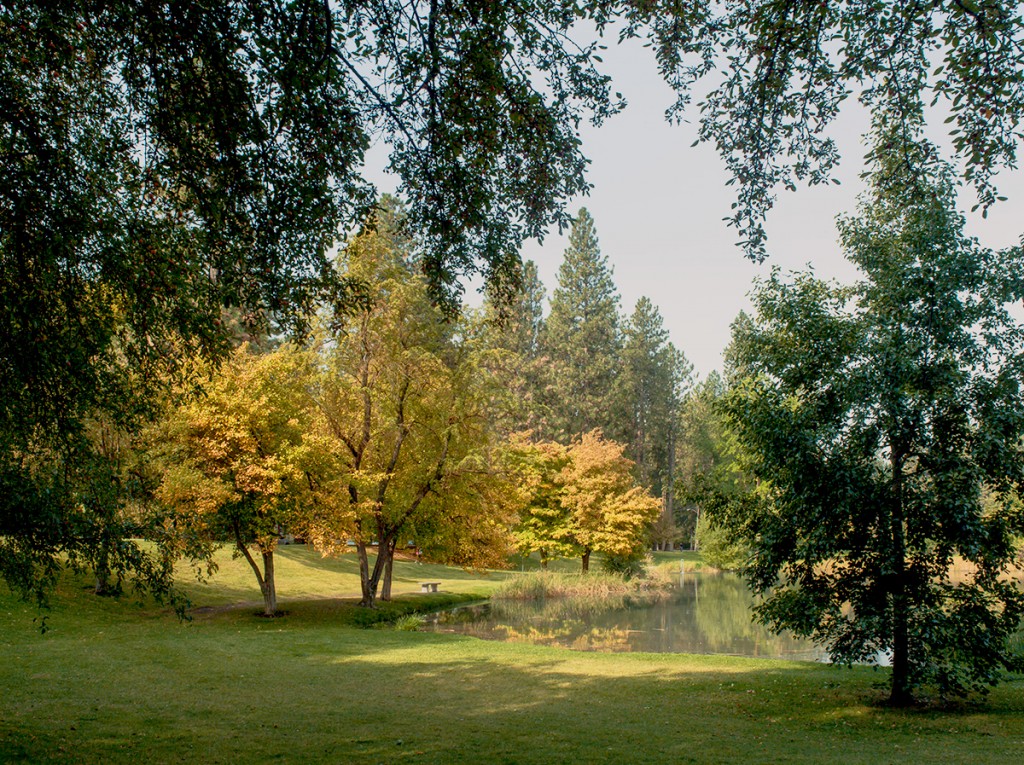
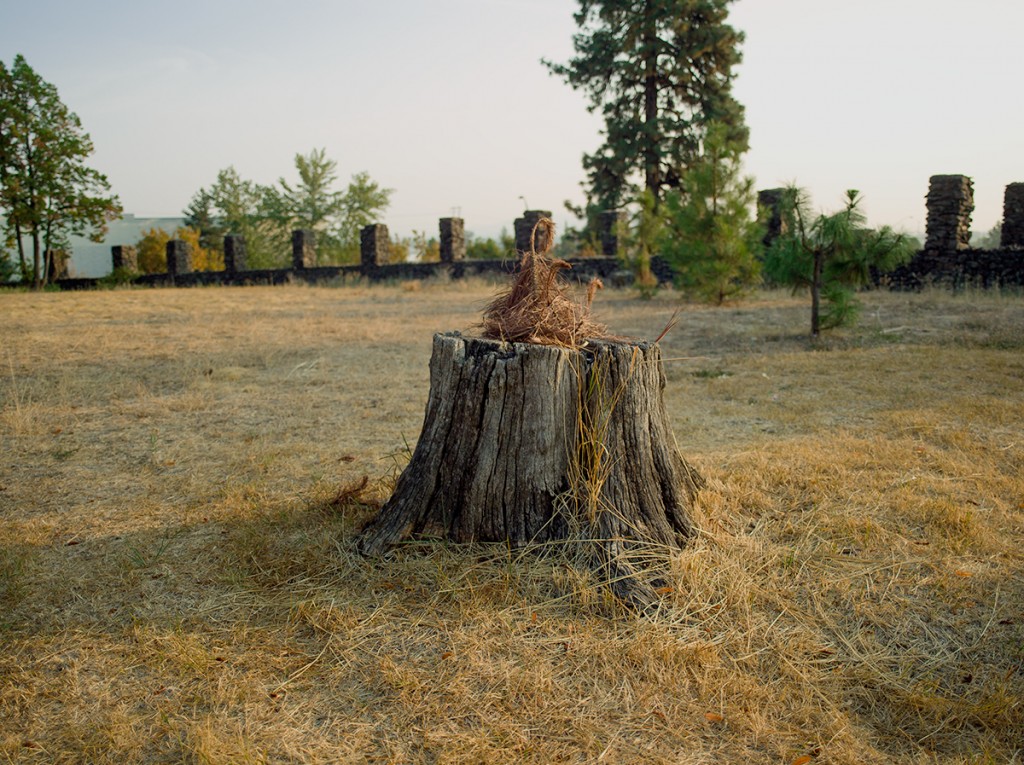
Frederick Law Olmsted is perhaps most well known for his work on New York City’s Central Park and Brooklyn’s Prospect Park. Both of these projects were done in collaboration with Colvert Vaux. Frederick Law Olmsted went on to design numerous urban parks, academic campuses, and private residences. These projects ranged far and wide and included such exemplary examples as the 1893 Worlds Fair in Chicago, Stanford University, and the United States Capital Grounds. Eventually, Olmsted Sr. passed his legacy onto his sons, and the firm became known as the Olmsted Brothers.
In 1903, The Seattle Board of Park Commissioners recommended that the city hire the Olmsted Brothers to do a survey of the city, and to formulate a comprehensive plan to guide Seattle towards future work. The City of Portland, Oregon, also hired the Olmsted Firm in 1903 to develop a comprehensive plan for the City of Roses. The Olmsted Brothers plan for Seattle’s parks was the basis of the modern day park system that now exists in Seattle.
The Olmsted Brothers continued to work in the Pacific Northwest over the next 30 years, contributing to numerous projects throughout the Pacific Northwest. They designed and formulated plans for cities, parks, institution, and private residences. A very partial list of cities and institutions that hired the Olmsted Brothers throughout the Pacific Northwest include Washington State Capital, City of Spokane, City of Seattle, City of Portland, The Moran Mansion and grounds on Orcas Island, Whitman College, University of Washington, Oregon State University, and the University of Idaho.
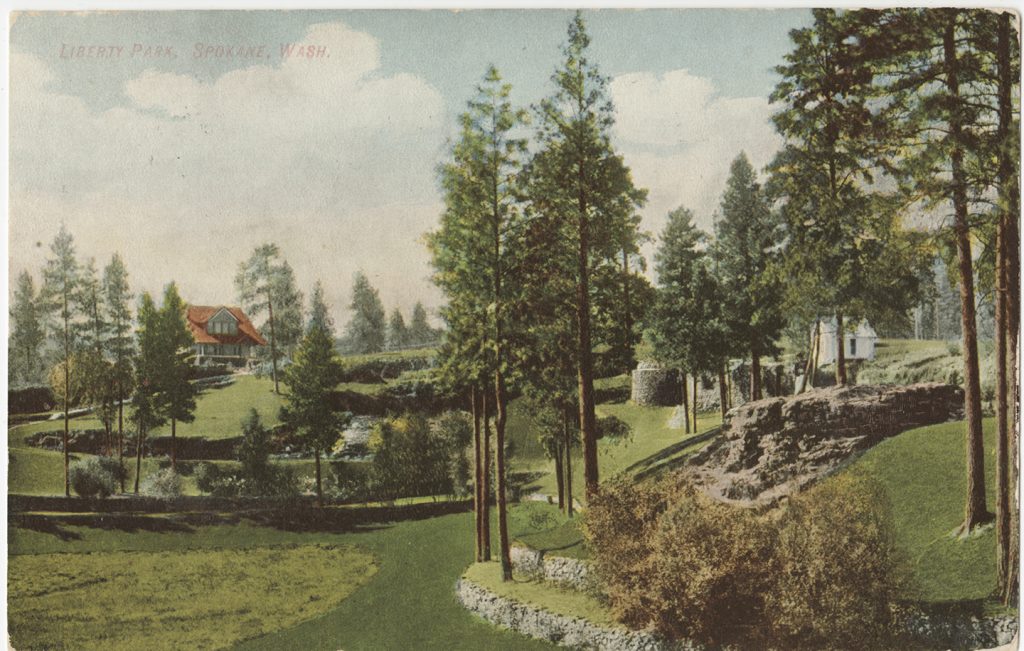
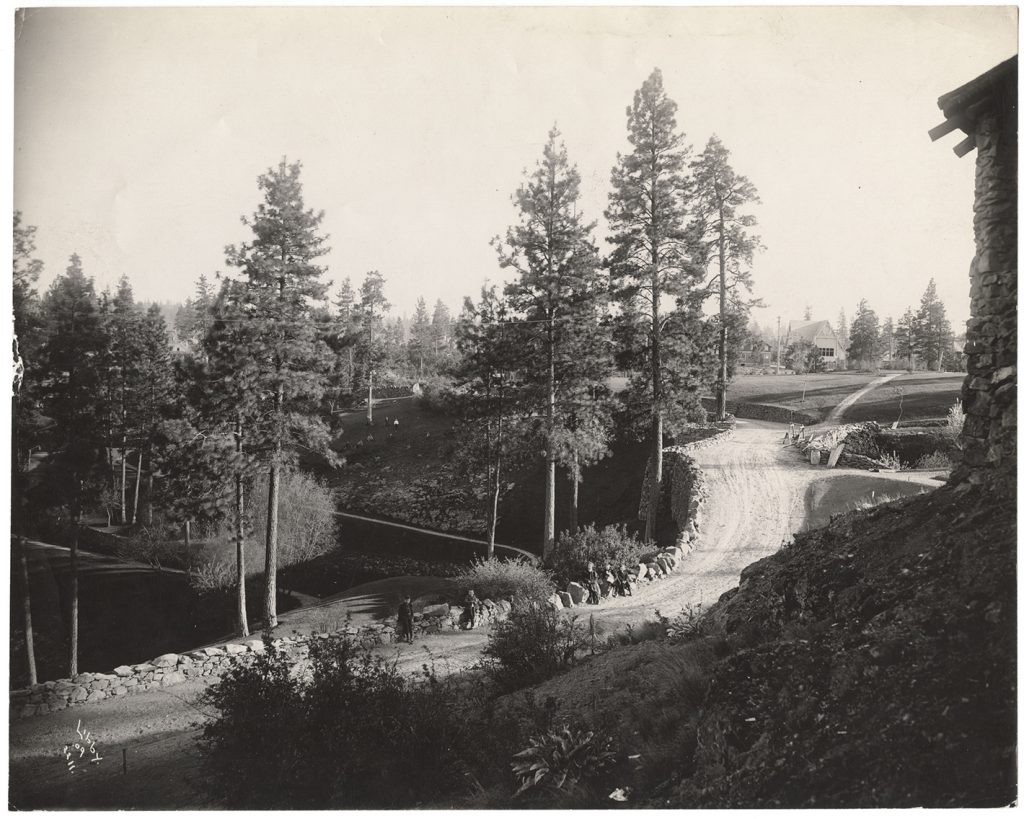
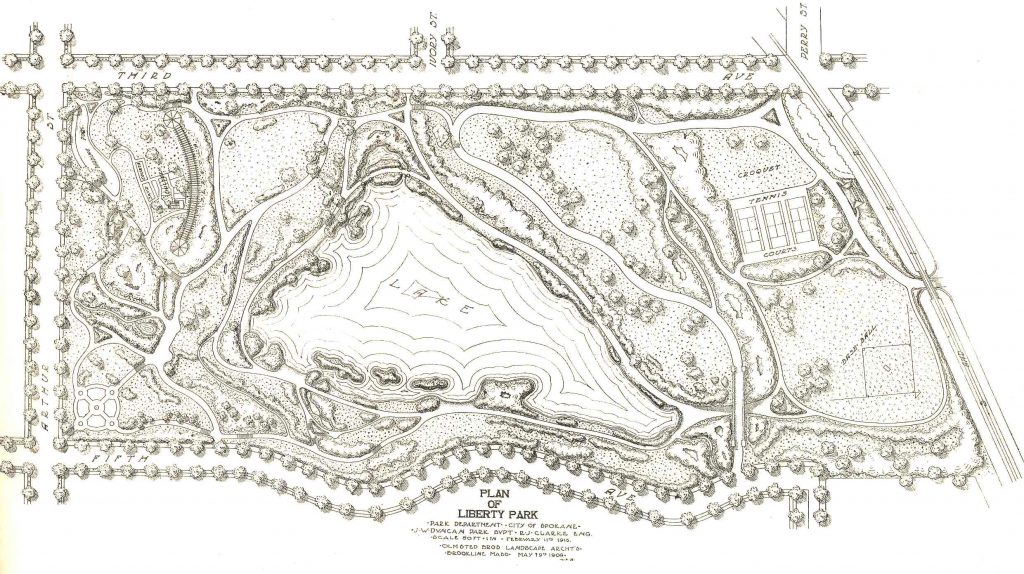
Bibliography
Beveridge, Charles. Frederick Law Olmsted: Designing the American Landscape, Rizolli, 1995.
Friedlander, Lee. Friedlander Photographs Frederick Law Olmsted Landscapes, D.A.P., 2008
Fryberger, Betsy. The Changing Garden, Four Centuries of European and American Art, University of California Press, 2003
Hockaday, Joan. Greenscapes; Olmsted’s Pacific Northwest, WSU Press, 2009.
Klett, Mark. Yosemite in Time: Ice Ages, Tree Clocks, Ghost Rivers, Trinity River Press, 2008.
Lambert, Phyllis, Ed.. Viewing Olmsted, Photographs by Burly, Friedlander, & James, MIT, 1996
Meyerowitz, Joel. Legacy: The Preservation of Wilderness in NYC Parks, Aperture, 2009
Rybczynski, Witold. A Clearing in the Distance, Scribner, 1999/2003.
Websites:
Seattle Parks and Recreation: http://www.ci.seattle.wa.us/parks/parkspaces/olmsted.htm
National Association for Olmsted Parks: http://www.olmsted.org/
Friends of Seattle’s Olmsted Parks: http://www.seattle.gov/friendsofolmstedparks/